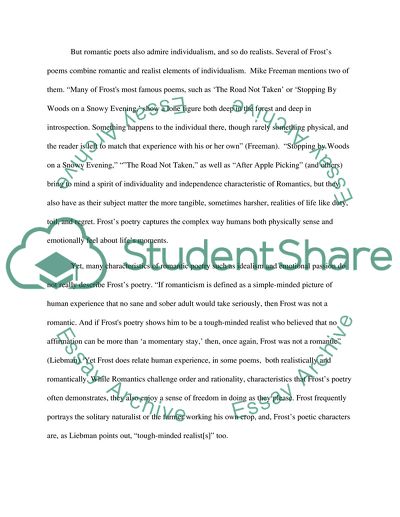Cite this document
(“Robert Frost and Romanticism Research Paper Example | Topics and Well Written Essays - 2500 words - 1”, n.d.)
Retrieved from https://studentshare.org/literature/1585441-robert-frost-and-romanticism
Retrieved from https://studentshare.org/literature/1585441-robert-frost-and-romanticism
(Robert Frost and Romanticism Research Paper Example | Topics and Well Written Essays - 2500 Words - 1)
https://studentshare.org/literature/1585441-robert-frost-and-romanticism.
https://studentshare.org/literature/1585441-robert-frost-and-romanticism.
“Robert Frost and Romanticism Research Paper Example | Topics and Well Written Essays - 2500 Words - 1”, n.d. https://studentshare.org/literature/1585441-robert-frost-and-romanticism.


